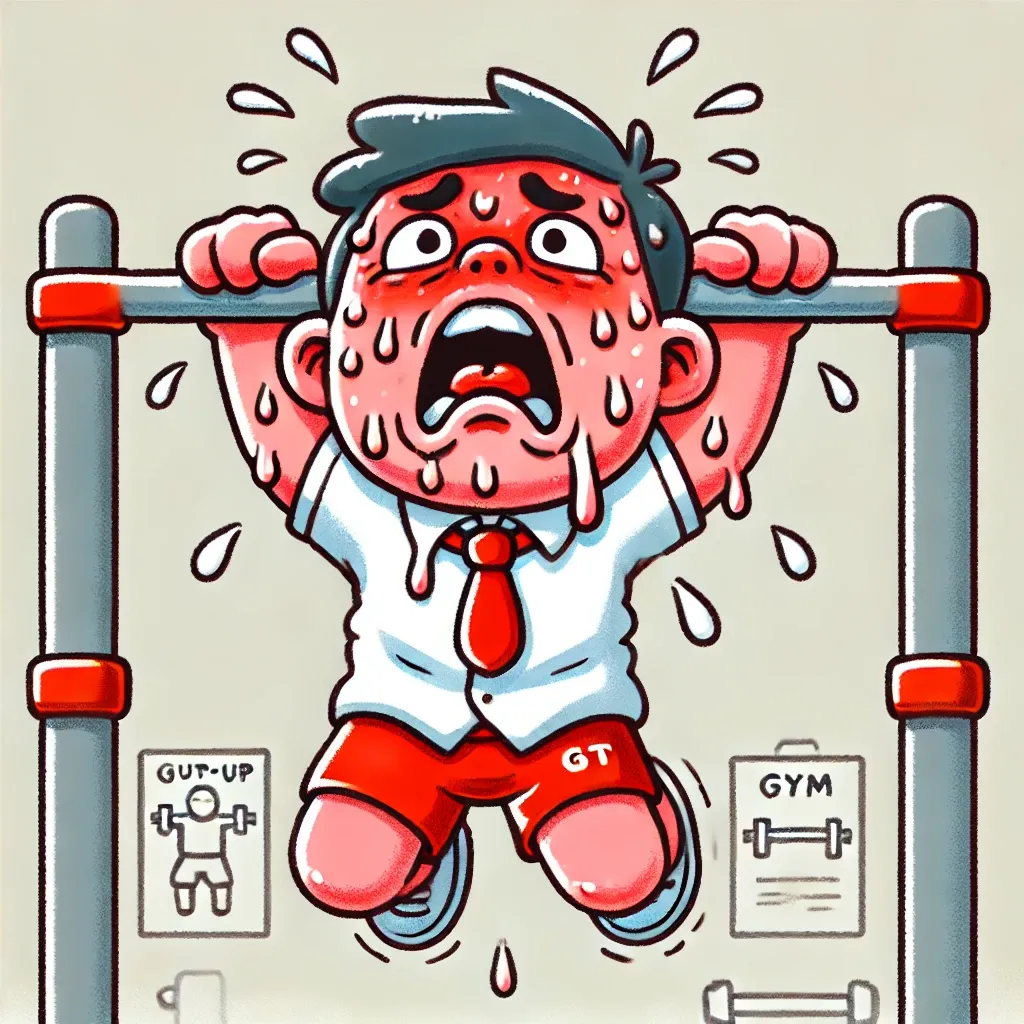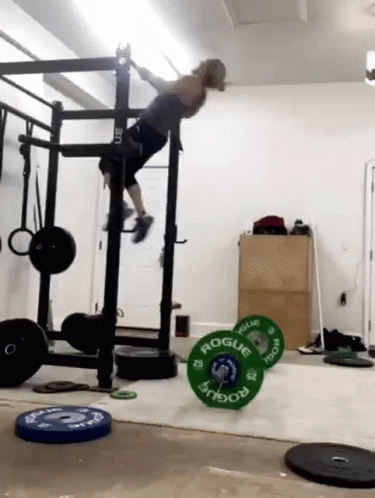Bodyweight vs. Free Weights: The Ultimate Strength Showdown

Welcome back, Varrock Street Journal Community!
Health and wellness have always played a big role in my life. Whether through sports or nutrition, I’ve always been eager to learn and experiment with new approaches to fitness. Recently, I came across an article in another newsletter that revisited a classic debate in strength training: weights vs. bodyweight exercises. This inspired me to take a deeper dive into the topic.
Reading this article took me on a trip down memory lane, back to my teenage years of doing endless pull-ups, push-ups, and bodyweight squats in pursuit of muscle gains. Fast forward to today, and I now spend much of my time in the gym lifting weights, fitting the description of a so-called "gym rat." Given this personal evolution, I thought it would be valuable to share this research with you so you can make an informed decision about what works best for you.
So, as always, grab your beverage of choice, maybe invite a friend to like and subscribe ;), and enjoy today’s read!
Today, we’re diving into an intriguing study that compares two popular forms of strength training: free weight resistance training (using equipment like barbells and dumbbells) and bodyweight exercises (like push-ups and squats). The research, published in Experimental Physiology (2023) by Ogawa et al., explores how these methods impact muscle growth, strength, and fat content inside the muscles.

Breaking Down the Study
The researchers examined 37 healthy individuals aged 30-64, splitting them into two groups:
- Free Weight Training Group: Performed weighted squats, bench presses, and deadlifts at 70% of their one-rep max (a measure of the heaviest weight they could lift for one rep).
- Bodyweight Training Group: Engaged in push-ups, lunges, and other resistance exercises relying only on their body weight.
Both groups trained twice a week for eight weeks under supervision. Researchers measured their muscle size, strength, and intramuscular fat (IMF)—a type of fat stored inside muscles linked to metabolic health.

Key Findings
✅ Muscle Growth: Both groups saw significant increases in thigh muscle size.
✅ Strength Gains: Only the free weight group showed a significant increase in knee extension strength.
✅ Fat Reduction: The bodyweight group reduced intramuscular fat significantly, whereas the free weight group showed no major change in fat levels.
✅ Workout Efficiency: Free weight exercises were time-efficient, while bodyweight training required more repetitions to achieve similar results.
✅ Injury Risk: Free weight training had a higher risk of injury due to heavier loads, whereas bodyweight exercises were generally safer and more adaptable.
Why This Matters
- For strength gains, lifting weights remains superior.
- For reducing intramuscular fat, bodyweight exercises may be more effective.
- For overall fitness, both training types offer unique benefits, suggesting a combination may be best.
- For beginners, bodyweight exercises can be a great entry point before transitioning to weights.
Additional Considerations
One important aspect to consider is accessibility. Not everyone has access to a gym or the equipment needed for free weight training, making bodyweight exercises a more convenient and cost-effective option. Additionally, bodyweight exercises tend to place less stress on joints, making them a good alternative for individuals with injuries or mobility limitations.
Another interesting factor is training variety and sustainability. Incorporating both methods can help prevent plateaus and keep workouts engaging. For example, individuals can start with bodyweight exercises and gradually introduce weights as they progress. This hybrid approach ensures continual progression while reducing injury risk.
Comparison: Free Weights vs. Bodyweight Exercises
| Feature | Free Weights | Bodyweight Training |
|---|---|---|
| Muscle Growth | Significant muscle hypertrophy | Moderate muscle hypertrophy |
| Strength Gains | High increase in strength | Moderate strength improvements |
| Fat Reduction | Minimal change | Significant reduction in intramuscular fat |
| Injury Risk | Higher due to heavy loads | Lower due to body control |
| Equipment Needed | Requires gym equipment | No equipment required |
| Accessibility | Limited by gym access | Can be done anywhere |
| Workout Time | More efficient | Longer sessions needed for similar benefits |
Spotlight on Future Applications
This study suggests that individuals with different fitness goals can tailor their approach. For those prioritizing strength and muscle mass, free weights may be ideal. For those aiming to reduce fat within muscles and improve metabolic health, bodyweight exercises could be the way to go. Future studies could explore whether combining both methods offers even greater benefits.
One of my favorite fitness influencers, and who I saw this literature from, but take a look at his video as he discusses heavy weight for gains. (Body weight not covered).
Reflection Questions
- Based on your fitness goals, which training method would you prefer?
- How do you think combining both types of exercises could benefit your health?
- Do you believe resistance training should be prioritized over traditional cardio workouts? Why or why not?
- How do accessibility and convenience influence your approach to fitness?
- Have you experienced benefits from switching between bodyweight and free weight exercises?
Remember, regardless of if you choose to train with body weights, free weights, or both, having a plan and staying consistent are the most important to your health and longevity! Stay smart, set goals, and have fun with it above all else!
Thanks for joining us for this discussion on strength training! Stay tuned for more insights on fitness, health, and the latest research.
- The Varrock Street Journal Team
Reference
Ogawa, M., Hashimoto, Y., Mochizuki, Y., Inoguchi, T., Kouzuma, A., Deguchi, M., Saito, M., Homma, H., Kikuchi, N., & Okamoto, T. (2023). Effects of free weight and body mass-based resistance training on thigh muscle size, strength, and intramuscular fat in healthy young and middle-aged individuals. Experimental Physiology, 108(7), 975-985. https://doi.org/10.1113/EP090655
